Track my order
RESOURCES
What to Know About Buying a Shipping Container for Car Storage
Shipping containers are ideal for storing cars & seasonal vehicles. Here's what you need to know about using a shipping container to store your car.


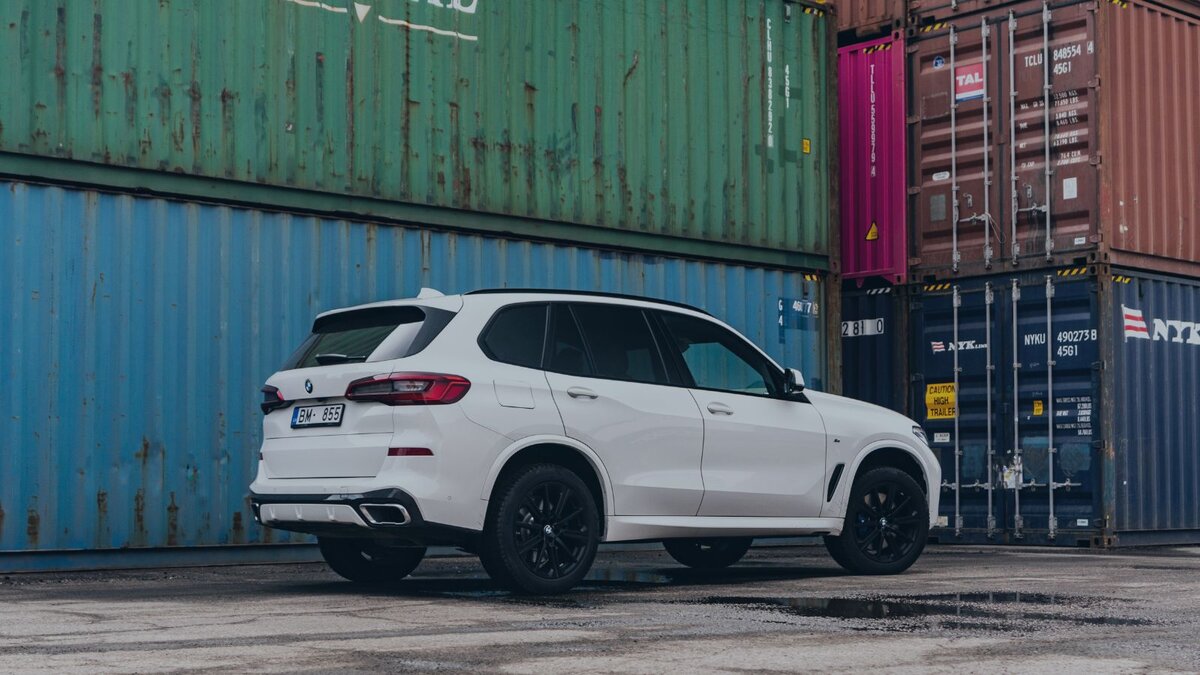
Shipping containers are incredibly convenient for storage. Businesses can use them to store their inventory and essential supplies. Homeowners can use them to store boxes of their belongings when their attics and basements are too full. And drivers can use them to store seasonal or vintage cars.
That’s right. One of the creative ways to use a shipping container is to turn it into a storage container for cars. It’s a great solution for anyone that has extra vehicles that won’t fit in their garage. Instead of leaving your other vehicles outside in the driveway, where they will be vulnerable to bad weather and potential vehicle theft, you can put them away in a storage container for safekeeping.
What else is there to put in your car storage container? Seasonal vehicles such as sports cars and motorcycles until the weather warms up. Put your off-road vehicles, like ATVs, dirt bikes, and snowmobiles in there until you find the right occasion to give them a spin. Put your vehicles in need of repair in there until you decide to fix them or scrap them.
If you’re thinking of using a shipping container for car storage, you should read this simple guide. It will help you buy shipping containers in the right grade, length, and height for your storage needs, and it will help you make the right modifications after your purchase.
What Shipping Container Grade Should You Choose?
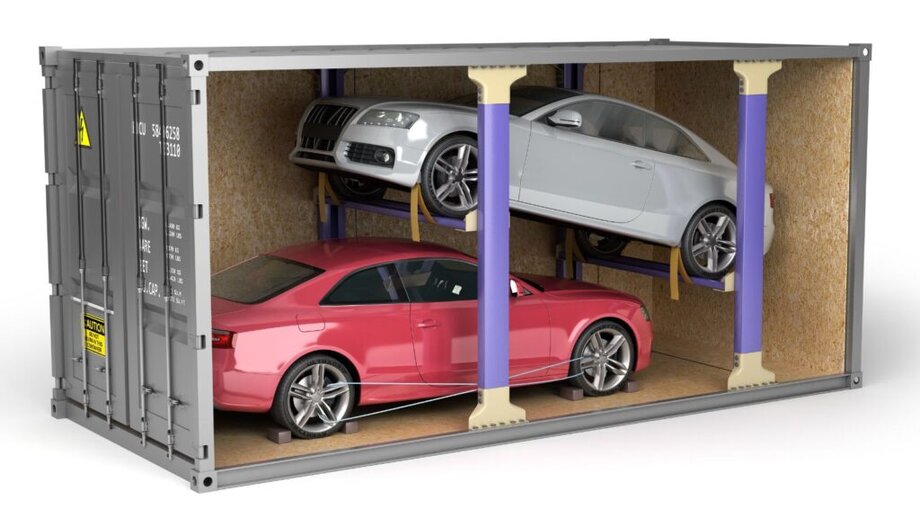
When you’re browsing through Boxhub for shipping containers, you will have several options for container grades: one-trip, cargo-worthy, or wind-and-watertight.
A one-trip grade container is a shipping container that’s practically new. It has only been on one trip, so it’s unlikely to have acquired any cosmetic damages. It will be in top condition. While it may be the more expensive choice, it will be the easiest to convert into a storage container for cars.
Cargo-worthy containers are shipping containers that have been used for cargo transportation for several years. They are still in good condition, but they will have more signs of light damage, like dents, scratches, and rust patches. So, you might want to spruce it up if you intend to use it as a storage container for cars. As a benefit, this type of container will cost less than a one-trip grade container.
Wind-and-watertight is the last grade to consider. Wind-and-watertight containers are usually between 12-18 years old, although they can be older than that. They will have more wear and tear than other grades but should still be fit for storage purposes. As the name indicates, the containers should still be well-sealed against elements like wind, rain, and snow. Items inside should remain safe and dry.
Wind-and-watertight containers will cost less than other grades. But, if you’d like to boost your container’s appearance, it will require more effort and expense to do so.
So, which shipping container grade should you use for car storage? Technically, you can use any grade for this purpose! Your choice will depend on your budget and your aesthetic concerns.
What Shipping Container Length Should You Choose?
You’ll also have to consider the length of your shipping container when you’re browsing your options online. Shipping containers typically come in two standard sizes: 20 feet and 40 feet. A 20ft container has an internal volume of 1,172 ft3, while a 40ft container has an internal volume of 2,385 ft3. What does this mean for car storage?
If you need storage for a single car (or a similarly sized vehicle), a 20ft storage container is an ideal size. While you can technically fit two compact cars into this standard container size, you shouldn’t do this for long-term storage. This option is best for when you’re trying to transport a shipping container with cars inside, not when you’re using a container as a personal garage.
If you need storage for two cars, a 40ft container is a better choice. If you own even more vehicles, you may want to buy more than one shipping container. You can even convert them into one larger building if it has reinforced structural support.
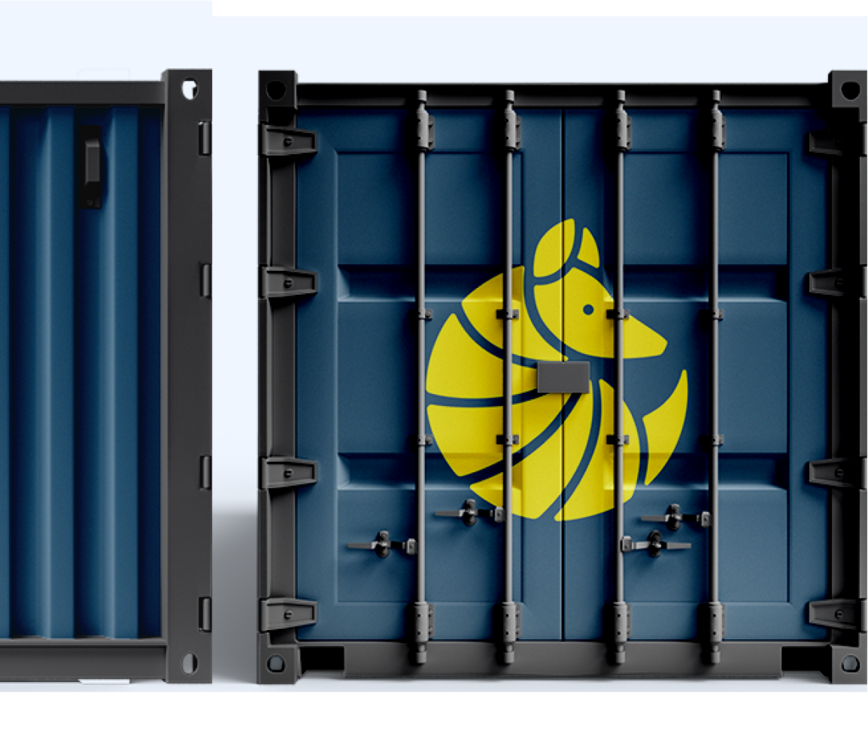
What Shipping Container Height Should You Choose?
When it comes to container heights, you’ll have two options: standard shipping containers and high-cube containers. Standard shipping containers are 8’6” tall from the outside. They are 7’10” tall from the inside and have doors that are 7’ 5” tall.
High-cube shipping containers are a foot taller than the standard options. They are approximately 9’ 6” tall from the outside and 8’10” tall from the inside, with doors that are 8’5” tall.
So, which one should you choose? It depends on the size of your vehicle and how much ceiling space you’d like to have. If you have a tall vehicle, a high-cube container will give you a bigger clearance range than a standard container. That should make entering and exiting the storage container much easier.
What Modifications Should You Make?
There are some modifications you should consider making to your shipping container to convert it into a long-term storage space for your cars.
Slab Foundation
When you’re going to be using a shipping container in the long term, you’ll need to set it on a slab foundation. If you simply leave it on the ground, it could shift or tilt over time. Shifting and tilting can warp the container doors and make them more difficult to open. A level cement slab foundation will give your storage container long-term stability.
Electric Connections
You can get electrical wiring installed inside your storage container. With this wiring, you can install interior/exterior lighting, security systems, and other features that require a consistent power source. It will be more than a dark box that you keep your car inside.
Wall Insulation
Wall insulation will help control condensation inside the container. Without insulation, the interior could become damp, which is not ideal for long-term car storage. You can apply rigid foam board insulation along the interior walls. If you’d rather use spray foam insulation or fiber glass batt insulation, you should hire professionals to get the job done.
Roll-Up Doors
You might want to swap the original hinged container doors for roll-up doors. That way, your storage container will function more like a regular garage.
Driving Ramp
Shipping containers don’t come with built-in ramps. You will need to install one by the exit to make driving the car in and out of the container as smooth as possible.
You don’t have to build a garage from scratch in order to have a spot for long-term car storage. You can convert a shipping container for a fraction of those costs and have plenty of space to store your cars inside. Shipping containers for car storage are an excellent option.

About Nina Barango
Nina Barango is an experienced content marketer and container expert with a proven track record in the tech and logistics industry. Having worked with various startups and SMEs, she bridges the world of marketing, tech and shipping containers. When she's not creating content that'll revolutionize global container trade, you can find Nina reading a book or mastering her video editing skills.
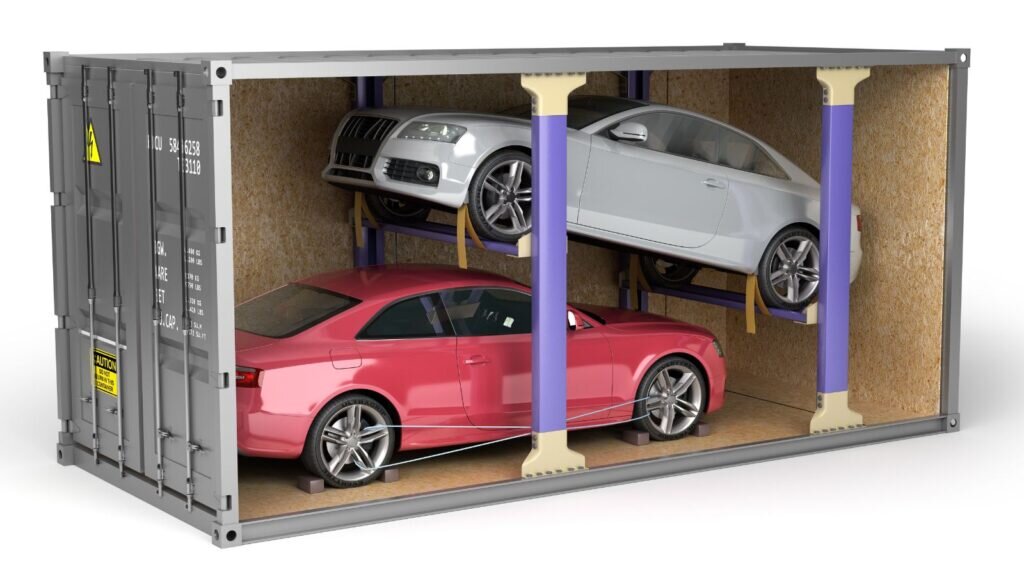

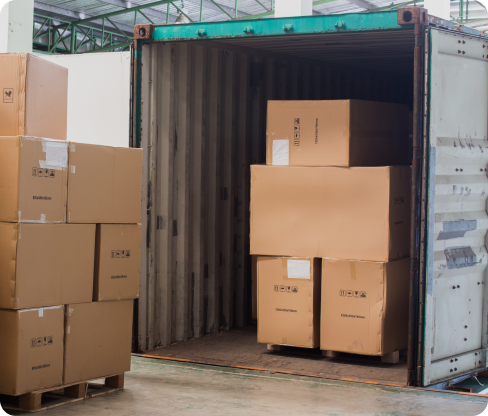

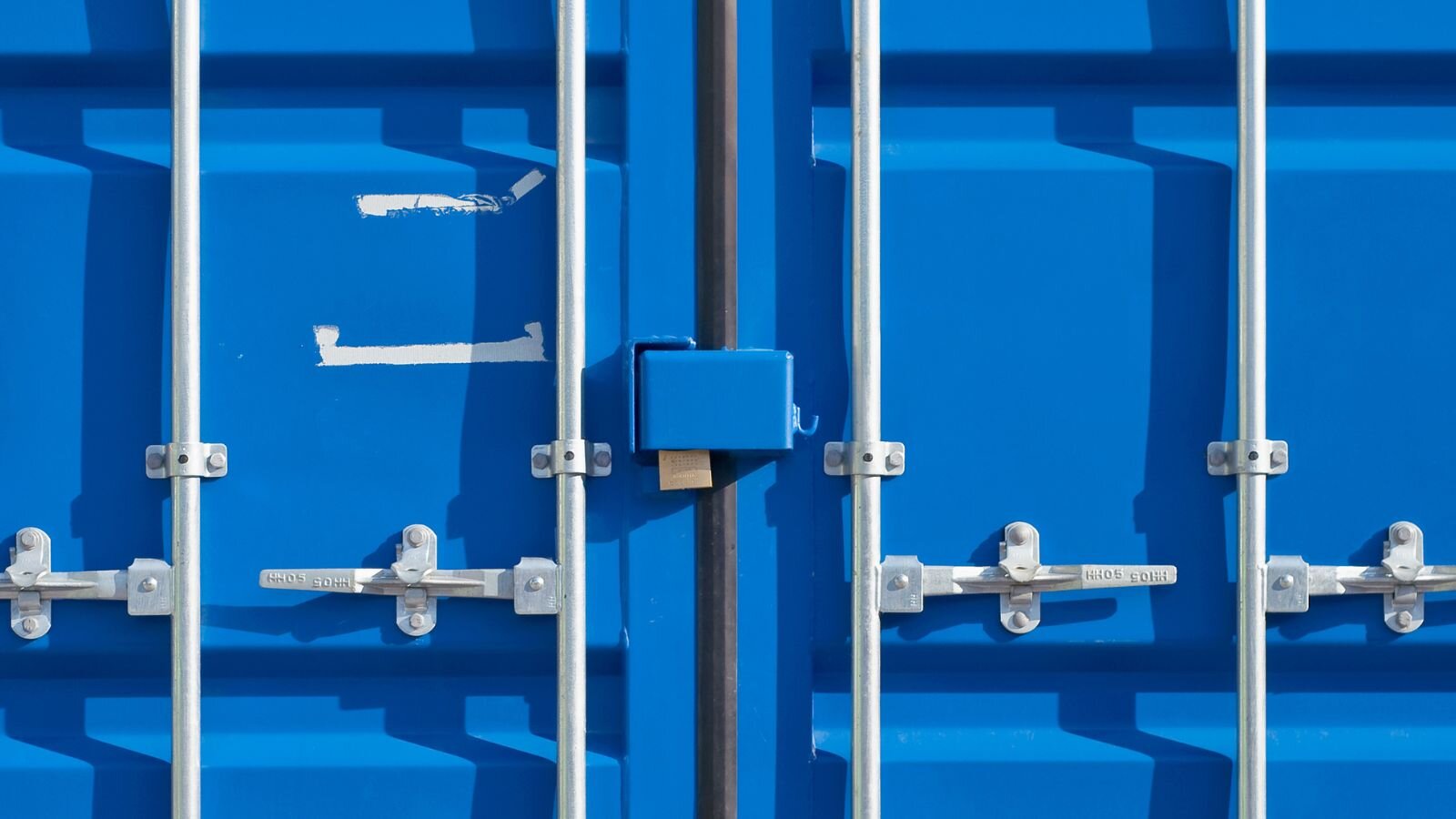


Continue Shopping
Loading cart